Some foods are a feast for the senses—others are a gamble with your life. Across the globe, adventurous diners seek out dishes that come with a side of danger. From toxic fish to venomous wines, these deadly delicacies test the limits of culinary bravery. Would you dare to take a bite? Let’s explore the most perilous plates from around the world.
1. Pufferfish (Fugu) – Japan

Japan’s iconic risky dish, pufferfish (fugu), is packed with tetrodotoxin—a poison 1,200 times more lethal than cyanide. Only certified chefs can legally prepare it, ensuring diners can savor its delicate flavor without the fatal aftertaste. The thrill? Knowing one wrong cut could turn your indulgence into a deadly mistake.
2. Maggot Cheese (Casu Marzu) – Sardinia, Italy
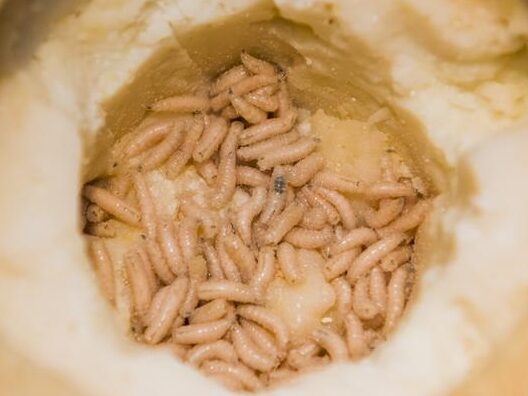
YouTube
Sardinia’s infamous maggot cheese (Casu Marzu) takes fermentation to the extreme. This pungent delicacy teems with live maggots that soften the cheese’s texture. While some relish the daring bite, eating the maggots alive risks digestive issues. Banned in many countries, it’s a forbidden treasure for adventurous eaters.
3. Fertilized Duck Egg (Balut) – Philippines and Vietnam

Wikimedia Commons
Balut, a fertilized duck egg with a partially developed embryo, is beloved in Southeast Asia. Cracked open and eaten straight from the shell, it’s praised for its rich flavor. However, improper storage can spoil the egg, turning this traditional snack into a risky bite.
4. Snake Wine – Southeast Asia

Flickr
Snake wine is a potent brew infused with venomous snakes, believed to have medicinal properties in countries like Vietnam and Thailand. While the alcohol neutralizes the venom, improper fermentation can lead to poisoning. For the daring, it’s a bold sip of ancient tradition.
5. Raw Oysters – Global

Pixabay
A high-end favorite, raw oysters hide a potentially deadly secret: Vibrio bacteria. Found in warm coastal waters, these pathogens can cause severe food poisoning. Despite the risk, their briny flavor keeps seafood lovers hooked—one slurp at a time.
6. Live Octopus (San Nakji) – South Korea

PickPik
San Nakji, South Korea’s infamous live octopus dish, challenges diners to chew tentacles that still wriggle. The suction cups pose a choking hazard, making every bite a test of skill and bravery. For thrill-seekers, it’s a must-try delicacy that’s as alive as your courage.
7. Ackee Fruit – Jamaica
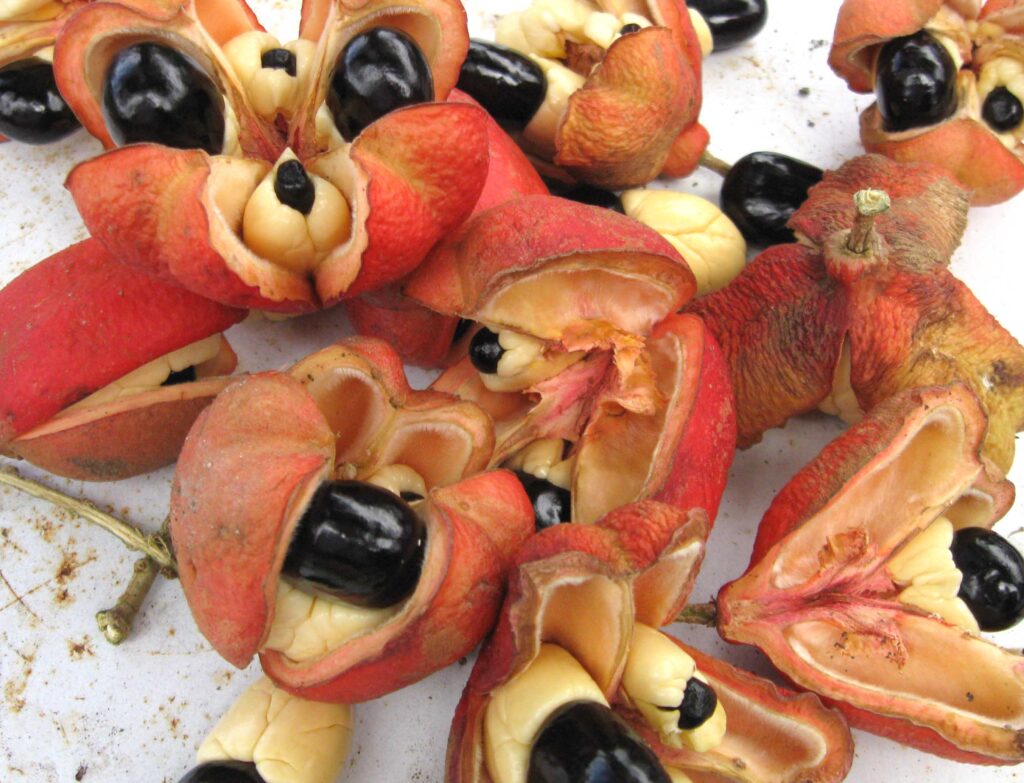
Flickr: will.giesey
Jamaica’s national fruit, ackee, is as dangerous as it is delicious. When unripe, it contains hypoglycin, a toxin that can cause fatal vomiting sickness. Only the golden arils of a fully ripened ackee are safe to eat, making this dish a high-stakes culinary gamble.
8. Blood Clams – Southeast Asia and China
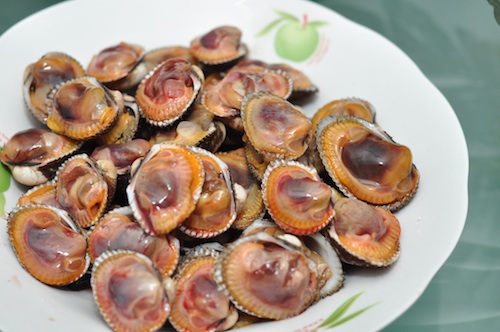
Flickr: d2fang
Blood clams, named for their hemoglobin-rich liquid, are a delicacy in Southeast Asia and China. However, they’re often harvested from polluted waters, carrying diseases like hepatitis and typhoid. Banned in some regions, they remain a sought-after treasure for daring seafood lovers.
9. Wild Mushrooms – Global

PickPik
Foraging for wild mushrooms is a culinary adventure with fatal risks. Toxic varieties like the Death Cap mimic safe species, leading to deadly mistakes. Despite the danger, mushrooms remain a prized ingredient for gourmet dishes, but only if you know what you’re picking.
10. Fermented Shark (Hakarl) – Iceland

Hakarl, Iceland’s fermented shark, transforms toxic Greenland shark meat into an ammonia-rich delicacy through months of fermentation. Its overpowering aroma and intense flavor make it a culinary daredevil’s dream. Locals enjoy it with schnapps, but tourists often struggle to stomach its bold bite.
11. Ant Larvae (Escamoles) – Mexico
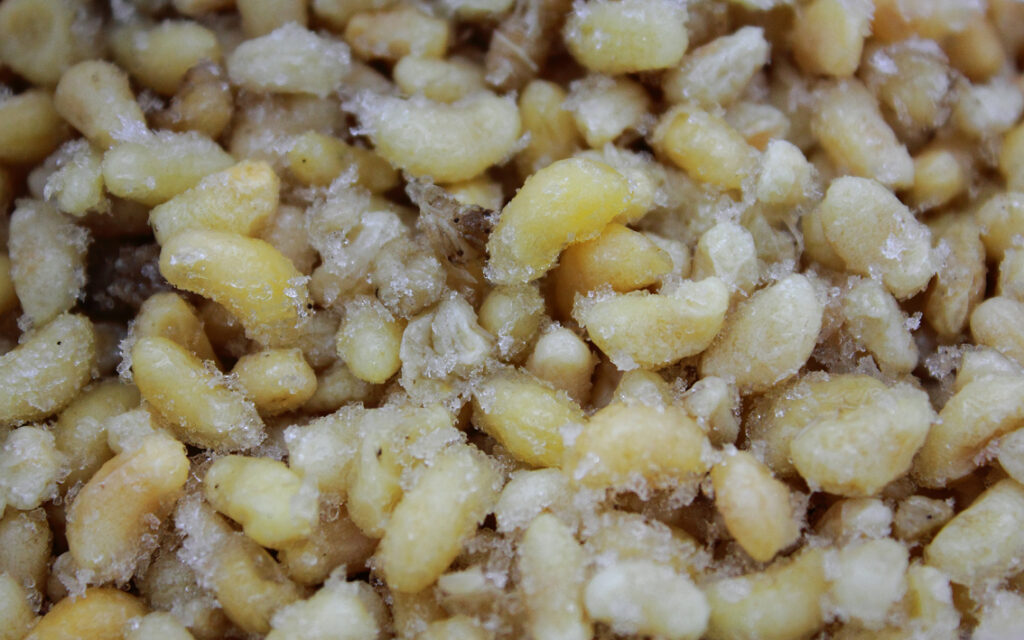
Flickr: alonso de la serna
Dubbed “Mexican caviar,” Escamoles are ant larvae harvested from agave plants. Known for their nutty flavor, they’re a prized delicacy in upscale Mexican cuisine. The danger lies in the harvest, where stinging ants guard their treasure, adding a layer of risk to this dish.
12. Bullfrog – Namibia
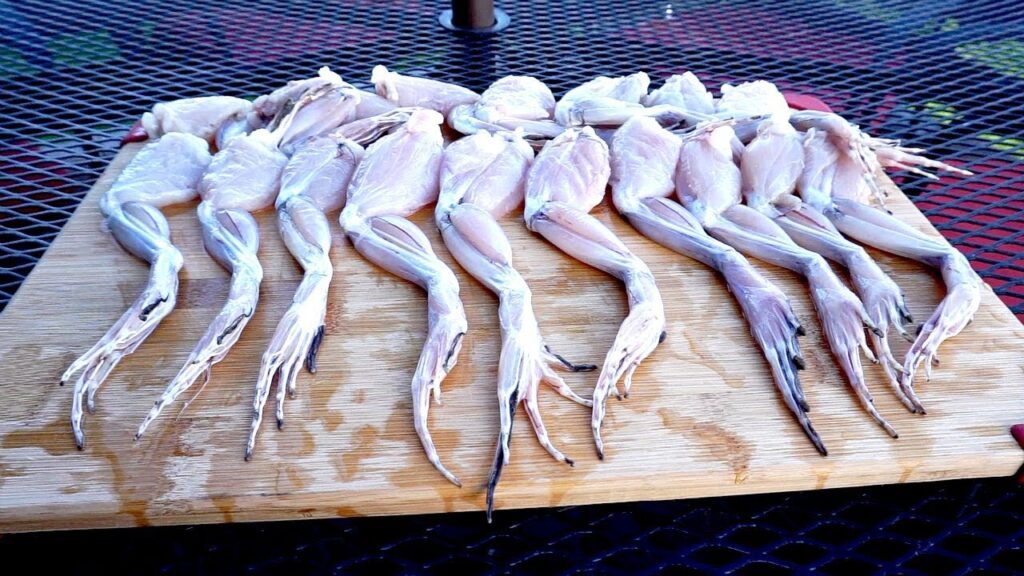
YouTube
In Namibia, eating giant bullfrogs is a tradition—but only mature frogs are safe. Immature frogs secrete toxins that can cause kidney failure. Proper preparation neutralizes the risk, turning this bold choice into a flavorful, if nerve-wracking, meal.
13. Fermented Fish (Fesikh) – Egypt
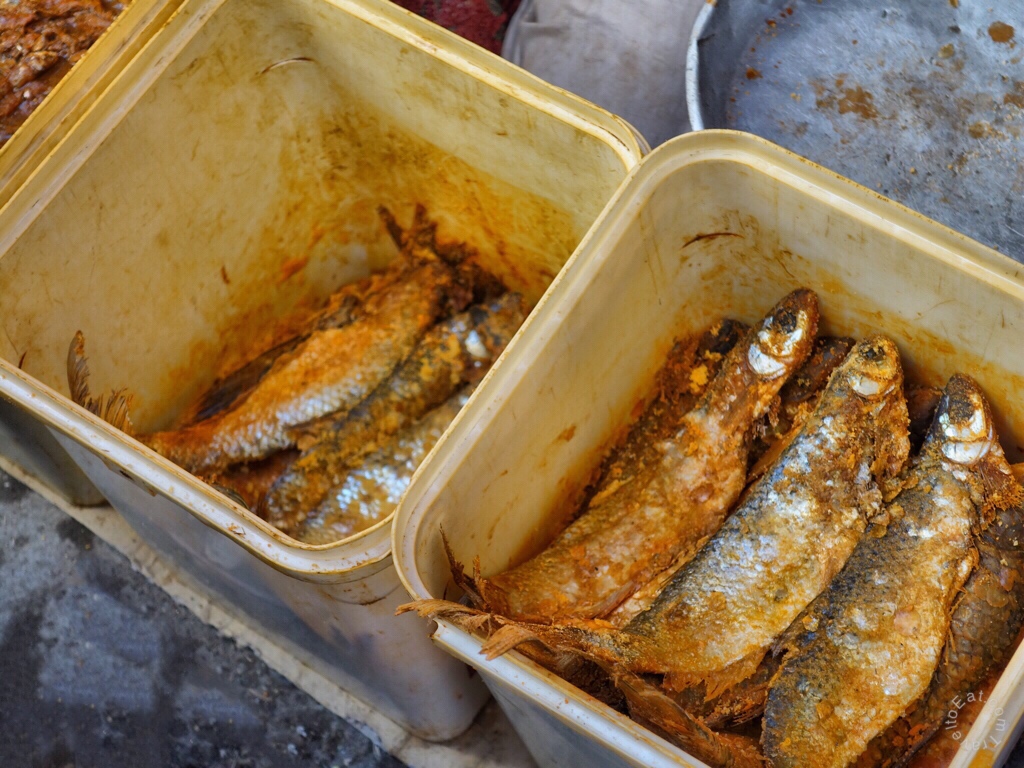
Flickr: Kurt Buzard
Fesikh, an Egyptian delicacy served during spring festivals, is made from sun-dried and fermented fish. Improper preparation can result in bacterial contamination, but when done right, its tangy flavor makes it a treasured holiday treat. For locals, it’s tradition; for tourists, it’s a test of bravery.
14. Hákarl’s Cousin – Surströmming – Sweden
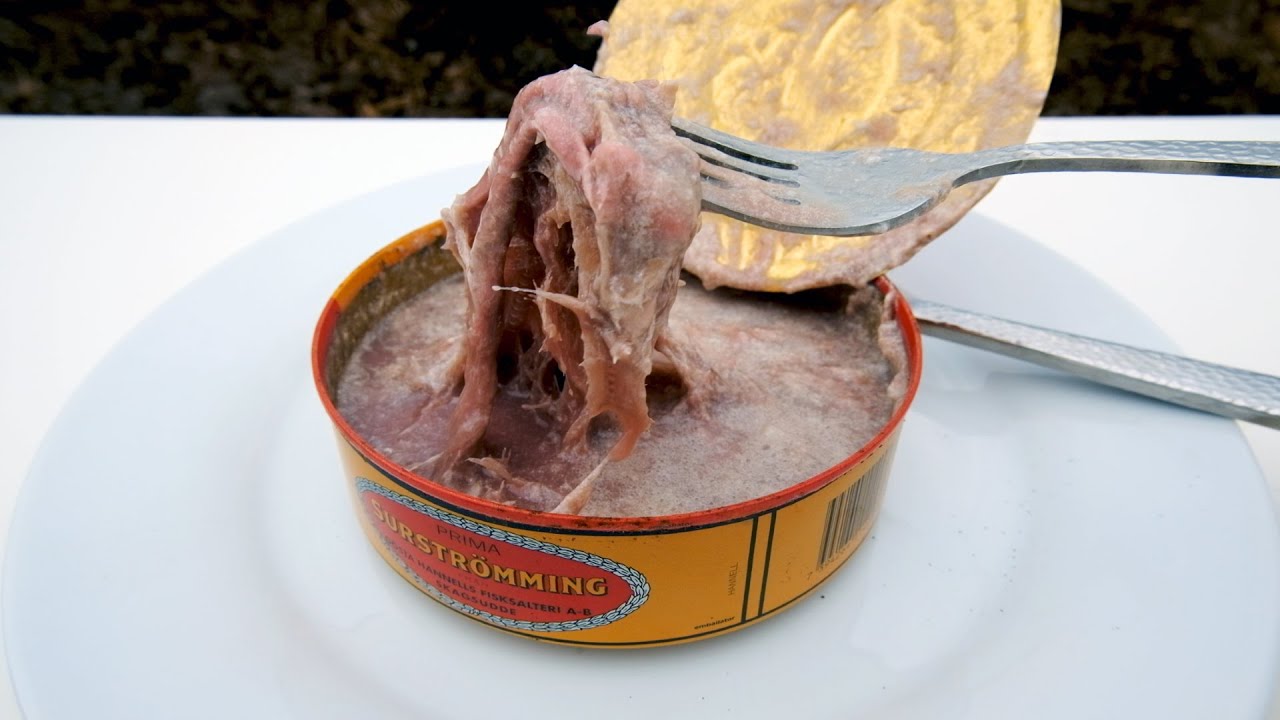
Surströmming, Sweden’s fermented herring, is renowned for its pungent smell, which many describe as revolting. While not toxic, it’s an olfactory challenge that requires a strong stomach. Popular in outdoor festivals, it’s a communal dish with a bold reputation.
15. Ortolan – France

Flickr: Jonathan Brown
Ortolan, a tiny songbird, is one of France’s most controversial dishes. Traditionally roasted and eaten whole, diners often cover their faces to savor it in private. Once a delicacy for royalty, it’s now banned due to ethical concerns—but its legacy as a forbidden indulgence lives on.
These deadly delicacies prove that food can be more than nourishment—it can be a thrill, a tradition, or even a risk worth taking. From live octopus to maggot-infused cheese, these dishes are a testament to culinary courage. Would you dare to try one, or does this menu make you hungry for something safer?


